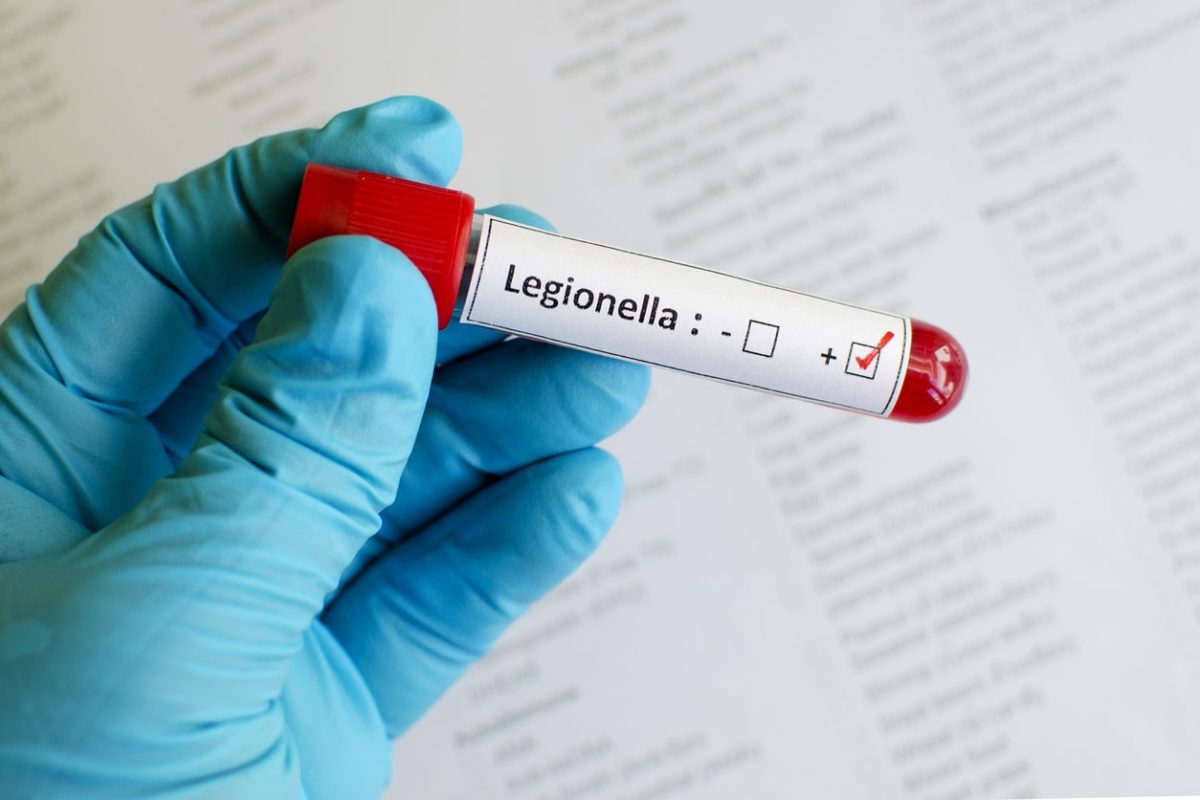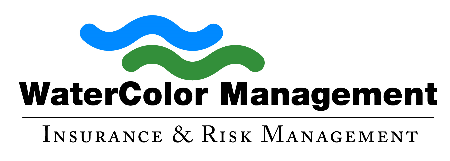
In just under two decades, the number of Legionnaires’ disease cases in the United States has increased by more than eight times. From 2000 to 2018, a record 9,933 cases were reported, including being up from just over 6,000 in 2015, according to the Centers for Disease Control and Prevention. To make matters worse, the disease is commonly underreported and misdiagnosed, so the actual number may even be much higher.
For companies that work within the water treatment industry, a main focal point for this new year and new decade is to figure out how to help limit exposure to the disease and help cut down on incidents. This can not only help to keep communities safe but also keep legal risks low.
Here are some steps in information around controlling legionella and how to manage risk.
Identifying Risky Locations
This severe pneumonia-like illness is caused by inhaling bacteria and can be prevented through an effective water management plan for hospitals and other healthcare organizations.
A major preliminary step that companies can take when combating the disease is to protect their own assets and reputation. This can be achieved by obtaining legionella insurance that is designed to offer insurance coverages and loss control services meant to provide the resources needed to keep liabilities limited.
Once this coverage is established, the next step to cut down on the spread of the disease is to zero-in on where it is located. When evaluating where outbreaks occur, the Centers for Disease Control found one-third of all outbreaks occurred in a healthcare-type setting. Among Legionnaires cases, about one-quarter of all who are affected die, and since nine out of 10 cases are highly preventable, it’s important that a wide range of resources be used to find effective solutions.
Preventing the spread of this disease requires an understanding of how risks are intensified. Legionella becomes a public health issue when it enters warm, low-flowing and/or stagnant water plumbing systems. This then allows it to amplify in effectiveness and then flow out to the surrounding environment through inhalant droplets.
A Water Management Plan
A water management plan needs to address common sources of exposure along with other potential hazards. Hydrotherapy units, heater-cooler devices, and water lines should all be considered when outlining a risk management plan.
Effective water management plans should include a multidisciplinary team that is led by facility engineering, infection prevention, and biomedical engineering. All involved should work together to check up on maintenance and make sure they’re taking care of their respective duties and perform an environmental assessment of a facility. Together, these teams can help identify areas of high risk due to patient populations.
A team should develop a water management program that looks at specific actions to control risks. Together, the team must keep communication open regularly on the implementation of the program to make sure that everything is done according to the procedures that have been established.
It’s important to note that all documentation of steps that are taken is essential to verify the water treatment program is being effectively implemented as it has been outlined. This will help the team review the documentation and see how it can make adjustments moving forward.
Developing the blueprint for a water treatment plan to combat Legionella may seem daunting, especially for buildings with complex systems. A water management plan will help to locate any gaps in current cleaning and prevention practices and provide transparency across an organization that’s needed to help it keep the risk of Legionnaires cases low.
About Watercolor Management
WaterColor Management has insured the water industry for over 30 years. Our policies include unlimited defense cost coverage in the event of a lawsuit against you. Call us at (256) 260-0412 or email info@watercolormanagement.com for a quick quote for your Water Business Professional, Products/Completed operations, Pollution and General Liability Insurance.




